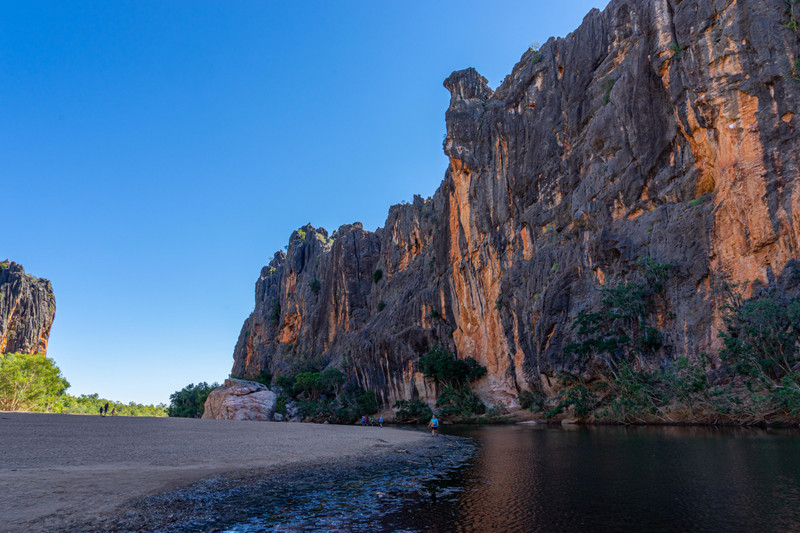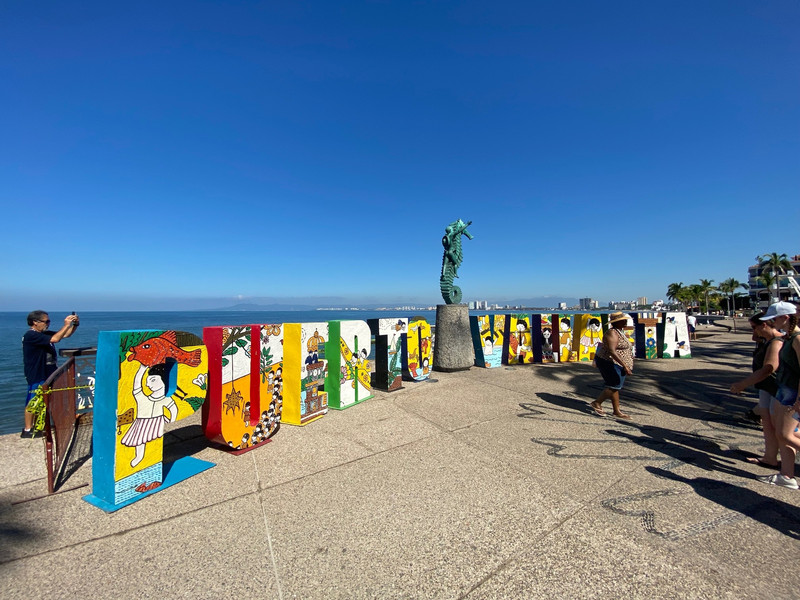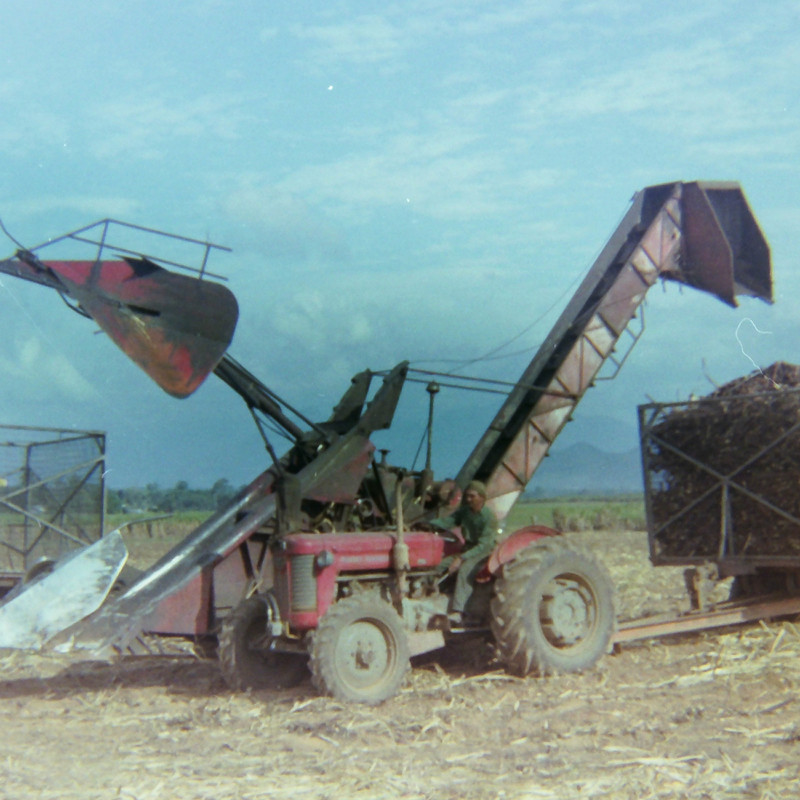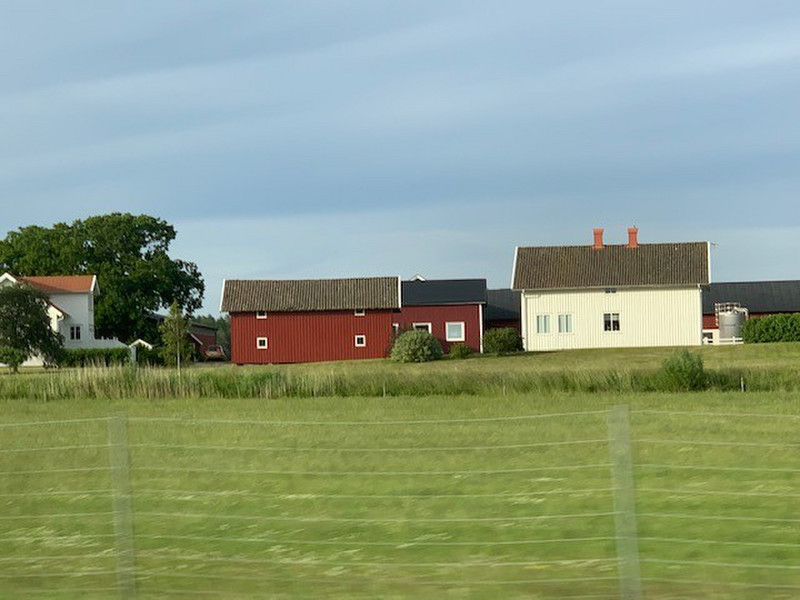Were up at 5.30 am for todays little exercise, a tour to Windjana Gorge out in the remote Kimberley about 350 kilometres inland from Broome.
Our guide introduces herself as Michelle. She looks about 30, but she tells us that she first came to Broome on her honeymoon in 1993. ... and Id always thought that we didnt allow child marriages here in Oz. Wed thought that Broome might be suffering from a lack of overseas tourists due to COVID, but it seems that this has been more for by overseas travel starved Aussies whove decided instead to holiday in their homeland. Michelle tells us that the permanent population of Broome is 14,000, and in a normal affected tourist season this swells on average to somewhere around 48,000. The tourist office told her yesterday however that they think that there are currently roughly 88,000 people here, and the towns struggling to cope. The caravan parks are all full, as are all the overflow caravan parks, and the Councils now trying to rig up some temporary overflows to the overflows to cater for the rest. We must have been really lucky yesterday to find somewhere for our extra
four nights here. I havent seen anyone sleeping on the beach yet, but then again we have been a bit slow off the mark most mornings, so maybe theyve all packed up their beds by the time weve got around to surfacing.
First stop this morning is the Willare Bridge Roadhouse well it would be if we could get to it. We stop behind two enormous lorries both of which are carrying even more enormous tip trucks that look like theyre probably off to a mine somewhere. The Willare Bridge is a very narrow single lane, and it seems that the first of the lorries is struggling to fit through. There doesnt seem to be any air space at all between the lorrys wheels and the Bridge rails, and the tip trucks wheels are hanging out over the river. We watch as it inches along agonisingly slowly. Each of these things must weigh about as much as half a dozen elephants, so I fear for the Bridge if both of them try to get on it at once. We wonder what the Roadhouse is going to call itself if the Bridge ends up at the bottom of the river.
Next stop is the iconic Prison Boab Tree just outside the town of Derby. Apparently boab trees can live for up to 2,000 years, and this one is spectacularly large. Its hollow inside and you can get into it through a split in the trunk well you would be able to if there wasnt a fence around it to stop grafitti artists from carving their initials into it. The from the early days of European settlement when it was used to assist in the transport of prisoners. It seems that there are two theories around this. One is that it was used to hold the prisoners while the guards took a break, but Michelle favours the alternative that it was used as a shelter by the guards while the manacled prisoners sat out in the blazing sun.
Weve heard a bit about the pearling history of the area in the past few days, and Michelle adds to these insights. Its not a pretty story. The early European pearlers initially forced the local coastal indigenous folk into diving for them because they were at least partly used to it, but that still didnt prevent a lot
of drownings and deaths from respiratory illnesses. The diving population started to get a bit thin, so the pearlers started rounding up indigenous men from out in the Tanami Desert to boost the numbers. Most of these guys had never even seen the sea, let alone done any diving, so they fared even worse. This practice of forced labour was called but was of course really just slavery by another name. A lot of the prisoners held at places like the Prison Boab Tree any crimes, they were just rounded up slaves.
Michelle tells us the very long and convoluted story of a local indigenous hero by the name of Jandamarra. He was only a young boy when the Europeans first moved in to take over his tribes land and convert it into massive sheep stations.









